In Deep:
An Introduction
to the Costa Brava
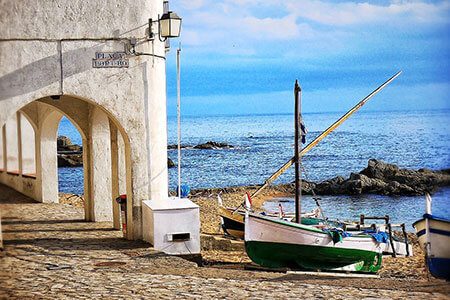 The former playground of artists, the Costa Brava’s beauty lies not just in its breathtaking coastline, but in the charm of its many towns and hidden gems.
The former playground of artists, the Costa Brava’s beauty lies not just in its breathtaking coastline, but in the charm of its many towns and hidden gems.
While the coast is a must-see (anything that inspires artists like Picasso and Dalí deserves our attention), the region is packed with intimate and enchanting experiences you won’t find on a postcard.
The Costa with the Mosta
(Sorry! Couldn’t resist.)
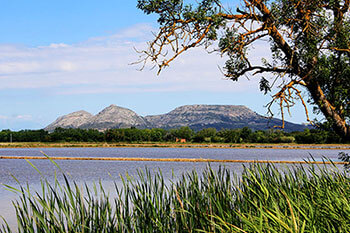
The Costa Brava is a coastal region of northeastern Spain extending about 120 kilometres (75 miles) along the Mediterranean Sea and the coast of the province of Girona. It encompasses the Alt Empordà, Baix Empordà and Selva regions. To the east lies the coastline, and to the north the Cerdanya and Cadi mountains.
In the centre of the Costa Brava lies the Montgri massif, along with the Gavaves and Guilleries mountain ranges. The Montgri massif, near the mouth of the River Ter, separates the Alt Empordà from the Baix Empordà and juts out into the sea as far as the Medes Islands.
Many unspoiled villages such as Cadaqués remain in the Costa Brava region and have managed to avoid the over-development that has plagued this area in recent decades. In summer it’s crowded with tourists who, fascinated by the beauty of the coast, ignore the rest of the area’s gems—much to the benefit of those in the know!

Cadaqués
Cadaqués is arguably one of the Costa Brava’s best spots. This town is famed for drawing the likes of Picasso and Dalí in its day, becoming a renowned meeting place for the western avant-garde painters and artists enamoured with the town’s stunning landscape and architecture.
Tossa de Mar
Roman Turissa and medieval Tursa have given way to Tossa de Mar, which thrived on wine and cork exports to the Americas during the last century. From the beach you can spot the old town, Vilavella Enceinte; its 14thC walls are the last fortified medieval town to survive to today on the Costa Brava.
Ava Gardner and James Mason came here in the 1950s to film Pandora and the Flying Dutchman, turning Tossa from a sleepy beachside town into a major attraction just as the Costa Brava began to develop into the sun-kissed playground it is today.
Cork Production
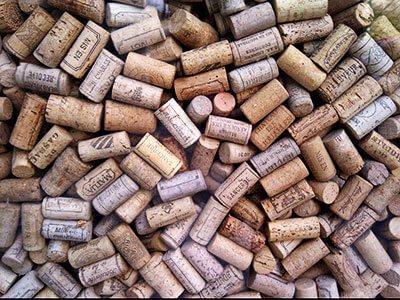 The Costa Brava is one of the world’s premier cork-growing regions, supplying wine producers with a precious supply of corks. The cork oak tree is endemic to southwestern Europe and northern Africa. About 22 per cent of the world’s cork production comes from Spain.
The Costa Brava is one of the world’s premier cork-growing regions, supplying wine producers with a precious supply of corks. The cork oak tree is endemic to southwestern Europe and northern Africa. About 22 per cent of the world’s cork production comes from Spain.
Only when a tree reaches 25 years of maturity is it ready to begin harvesting. Harvesting is done once every 10 years per tree to allow for the recuperation of the bark. The amount that can be harvested each time represents less than a quarter of the actual trunk. Cork is a renewable resource with low environmental impact.
Sant Feliu de Guixols
Situated on the Costa Brava, Sant Feliu de Guixols is an important resort town on the Bay of Guixols.
Named for the Carthaginian Saint Felix who was martyred in Girona, this port town sprang up around the 10thC Benedictine monastery and was once an important centre for cork manufacturing and fishing.
The fortified monastery served much the same role as a medieval castle, improving and controlling the surrounding agricultural lands and offering a safe haven in times of danger. Rebuilt many times, the monastery is now a municipal art museum and information centre.
Palamòs
Like its coastal neighbours, Palamòs grew as a cork producer and fishing village on the bay of the same name.
Its sandy beach drew Roman settlers, on whose ruins Pierre III The Great was granted the right to build a castle in the 12th century.
Experience Catalonia With B&R
Scheduled Group Biking Trip
From your bike, you can see the peaks of the Pyrénées looming on the horizon as volcanic flats stretch out ahead, leading to unbelievably pastoral fields. This is no dream. On our Costa Brava Biking trip, the unexpected happens every day.
DETAILED ITINERARYPrivate Group Biking Trip
Pedal with the peloton of your own choosing as you stretch your legs through the Pyrénées on our private Costa Brava Biking trip. Sweep through Roman villages and Dali’s real-life inspirations—you’ll melt like a clock for this sensuous region.
DETAILED ITINERARY
Its charmingly narrow streets are oddly straight (perhaps another remnant of its Roman heritage), and the late-Gothic Santa Maria church is worth a visit.
Home to the Costa Brava’s largest fishing fleet, Palamòs is famous for its pink shrimp beach, among the coast’s most undeveloped and loveliest.
Pals
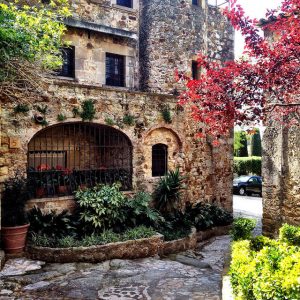 The name of “Pals” comes from the Latin word “Palus,” which means marshland. The historic centre is on a small hill that used to be surrounded by ponds and marshlands that were subsequently dried out for rice cultivation.
The name of “Pals” comes from the Latin word “Palus,” which means marshland. The historic centre is on a small hill that used to be surrounded by ponds and marshlands that were subsequently dried out for rice cultivation.
The medieval town is unique for its great beauty and excellent preservation; the walled precinct remains, and the steep streets and old houses give the village a real medieval look.
Begur
Situated in the heart of the Costa Brava, in the centre of the coastal fringe of the Baix Empordà, this town stands 200 metres (656 feet) above sea level, with views of the bays of the Mediterranean coast. It offers easy access to the beaches and coves of crystal-clear water surrounded by luxurious pine woods.
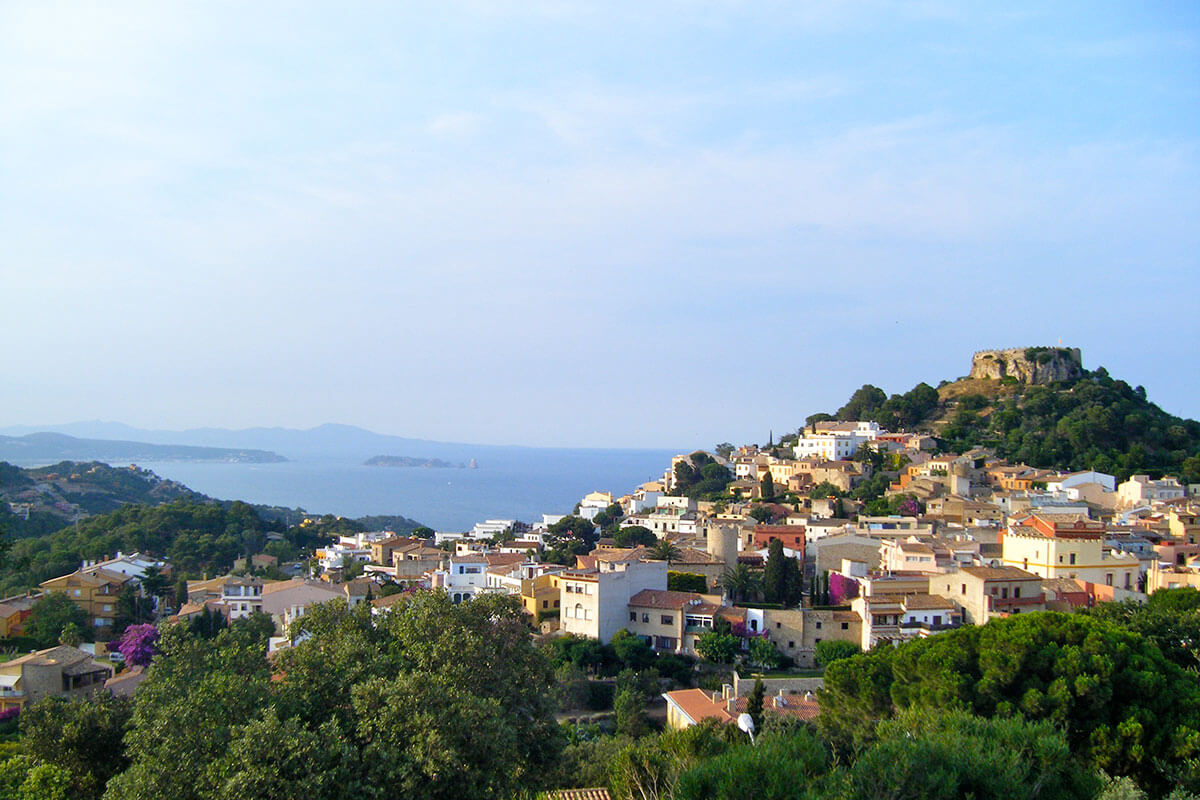
Begur is very proud of its history, which dates back as far as the prehistoric era. However, the medieval era is much more generous in terms of material evidence. The 13thC Church of Sant Esteve d’Esclanyà and the castle of Esclanyà are the most emblematic symbols of the medieval era, and make Begur different from any other resort town.
One can taste the Mediterranean cuisine in any of the town’s traditional restaurants, after which an exploration of the surrounding beaches is a must.
Leave a Reply
MORE FROM Spain + Catalonia
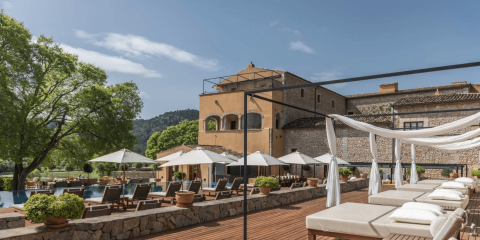
Son Brull Hotel & Spa Embraces Sustainability in Mallorca
Mallorca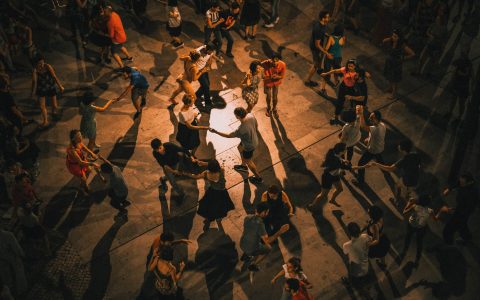
The Slow Fund: Commissioning New Instruments for Musika Etxea
Basque Country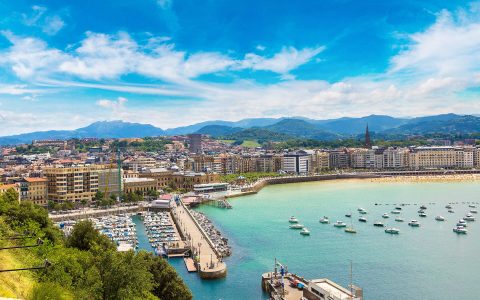
9 Things to Do that Will Submerse You in San Sebastian
Basque Country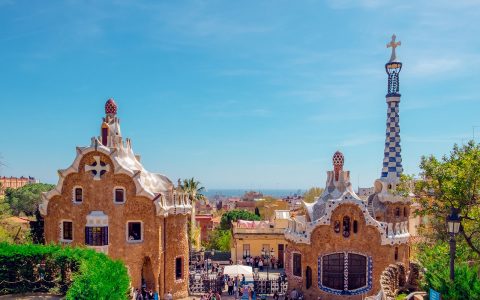
11 of Barcelona’s Most Spectacular Museums
Catalonia
What We’re Drinking:
Rioja’s Reds and Danish Akvavit
Denmark
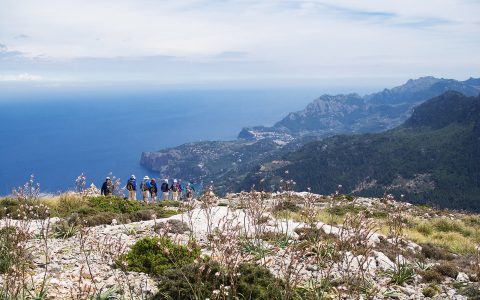
Our Favourite Coastal Walk Right Now: Mallorca
Mallorca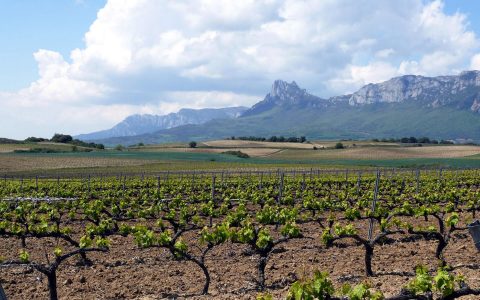
The 10 Best Rioja and Ribeira del Duero Wines
Rioja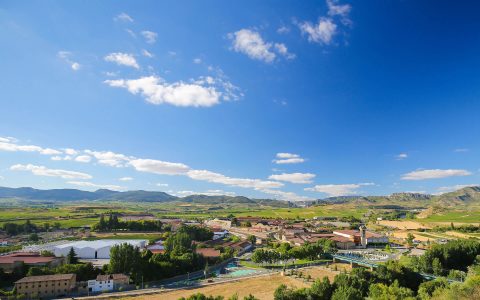
Reading for the Road: Our Favourite Books About Rioja
Rioja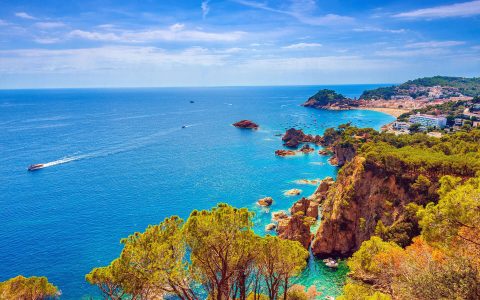
Reading for the Road: Our Favourite Books About Catalonia
Catalonia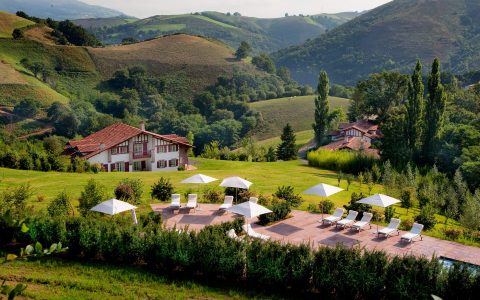
The 16 Best Luxury Hotels in Spain
Spain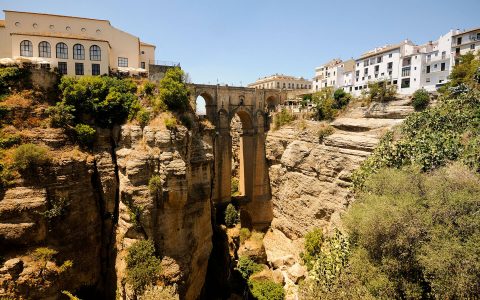
Reading for the Road: Our Favourite Books About Andalucia
Andalucia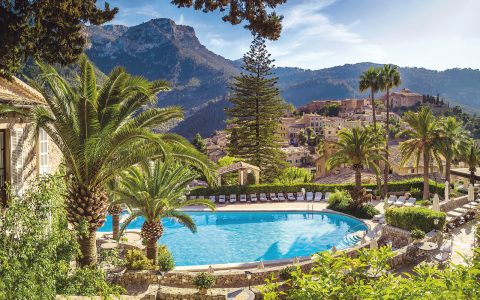
Mallorca’s Most Luxurious Hotels
Mallorca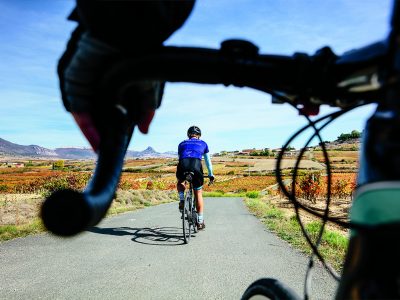
Here’s How to Take the Ultimate Biking Trip Through Rioja
Rioja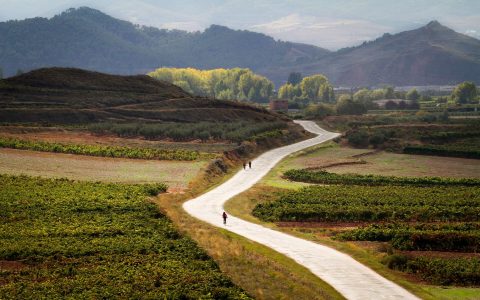
The 7 Best Cycling Routes in Spain
Spain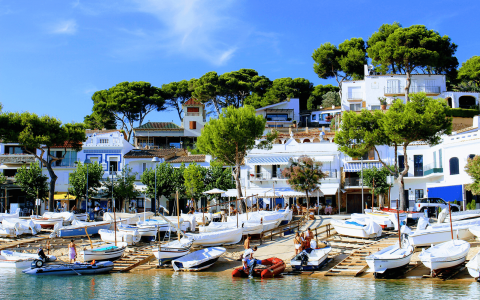
Where to Eat: Our Favourite Costa Brava Restaurants
Catalonia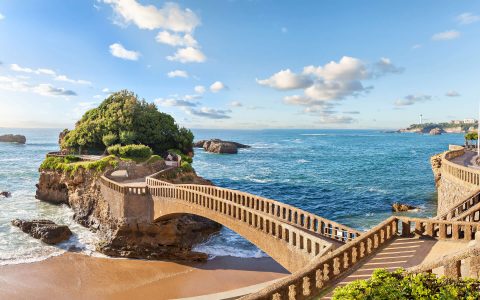
Basque Country’s 6 Best-Kept Secrets
Basque Country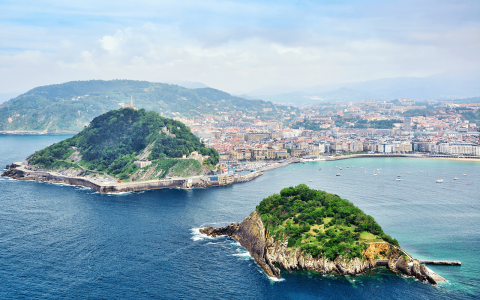
Basque Country: Exploring San Sebastián & Bilbao
Basque Country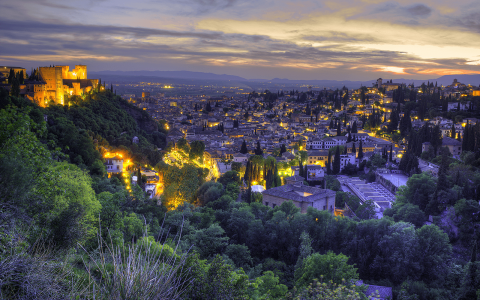
Granada: Last Stand of the Moors
Andalucia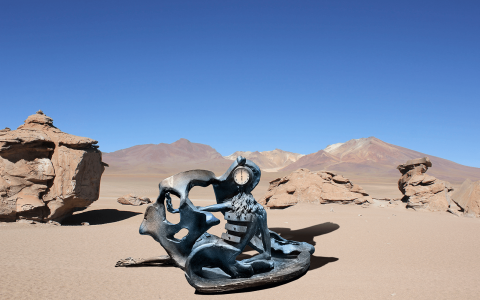
Surreal World: Salvador Dalí’s Costa Brava
Catalonia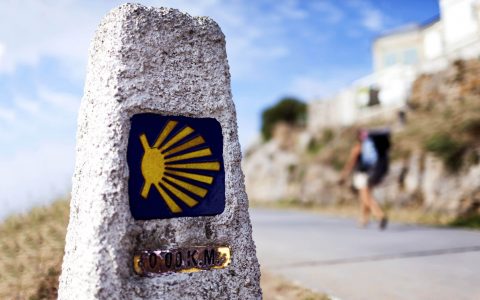


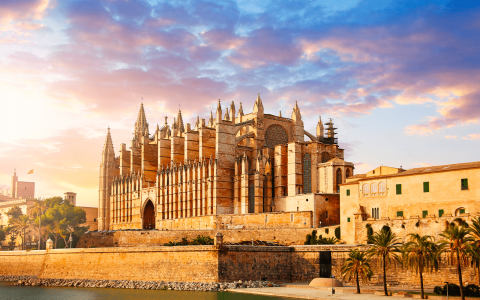
Hi, was interested in your blog, and thought you would like to know that the picture you have in your section describing the attributes of Palamos is not actually of Palamos, its Llafranc and just beyond is the next cove of Calella de Palafrugell, which is about 10 kms north of Palamos. The coastal footpath, the cami de Ronda, goes through both as it meanders around coves past the famous botanical gardens at Cap Roig on to the famous 19th. Century lighthouse at San Sebastia. As the photograph shows it is particularly scenic around this part.